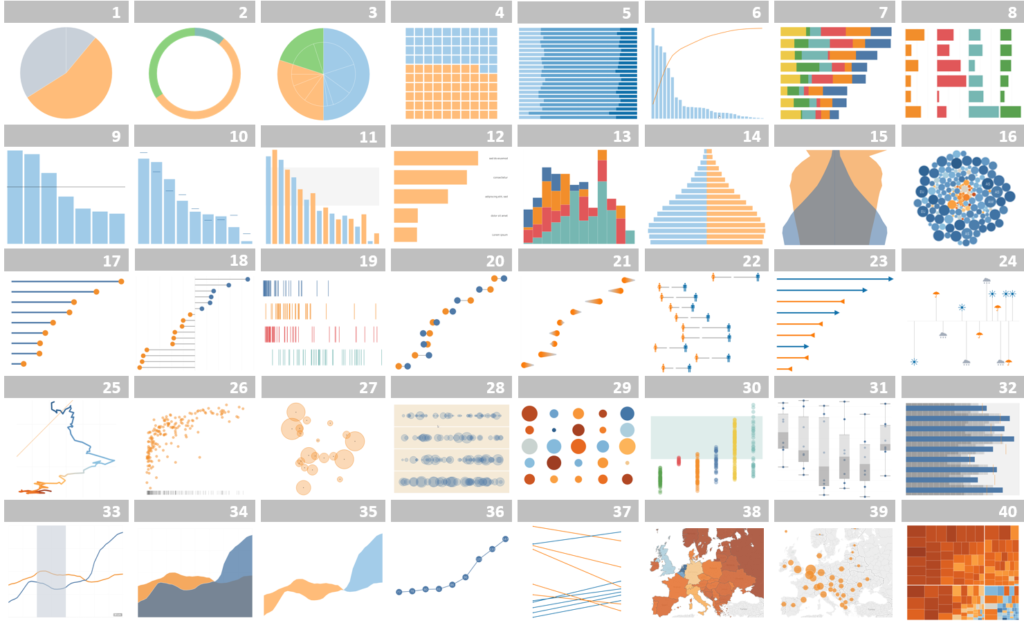Free eBooks for Beginners
Excel charts are a powerful tool for data analysts to quickly visualize and understand patterns in data. One type of chart that is particularly useful for tracking change over time is the step chart.
A step chart is a line graph that has straight lines connecting data points instead of a smooth curve. This makes it easy to see sudden changes in data, such as a significant increase or decrease.
To create a step chart in Excel, first, you need to select the data you want to visualize. This can be any set of numerical data, such as sales figures, stock prices, or temperature readings.
Next, you’ll need to choose the step chart as the chart type. This can be done by clicking on the “Insert” tab in the Excel ribbon, and then selecting “Line” and “Step Line” from the drop-down menu.
Once you have the chart in place, you can customize it to your liking by adding labels, colors, and other formatting options. You can also add a secondary axis if you need to compare two different data sets.
One of the biggest benefits of step charts is that they are easy to read and interpret. They show the direction of changes in data clearly, making it easy to spot trends and patterns. For example, if you’re tracking sales figures, you can quickly see if sales are increasing or decreasing over time.
Step charts are also useful for showing changes in data over multiple time periods. For example, you could create a step chart to show the change in sales figures over a week, a month, or a year. This can help you identify patterns in data and make informed decisions about your business.
In conclusion, step charts in Excel are a simple and effective way to visualize change over time. They are easy to create and understand, making them a great tool for data analysts of all levels. With a little bit of practice, you’ll be able to use step charts to quickly analyze and understand your data.
Excel Charts for Data Analyst : Tutorial 11 – Step Chart
 Loading...
Loading...
Disclaimer: The information and code presented within this recipe/tutorial is only for educational and coaching purposes for beginners and developers. Anyone can practice and apply the recipe/tutorial presented here, but the reader is taking full responsibility for his/her actions. The author (content curator) of this recipe (code / program) has made every effort to ensure the accuracy of the information was correct at time of publication. The author (content curator) does not assume and hereby disclaims any liability to any party for any loss, damage, or disruption caused by errors or omissions, whether such errors or omissions result from accident, negligence, or any other cause. The information presented here could also be found in public knowledge domains.
